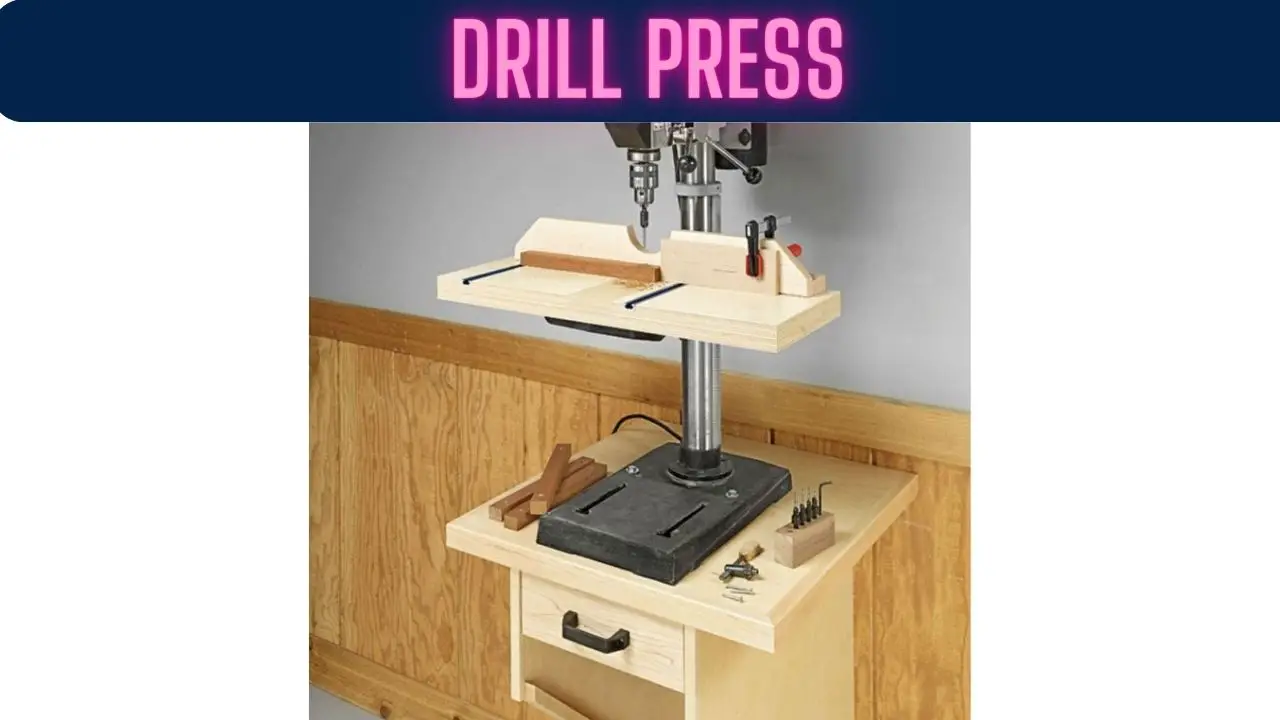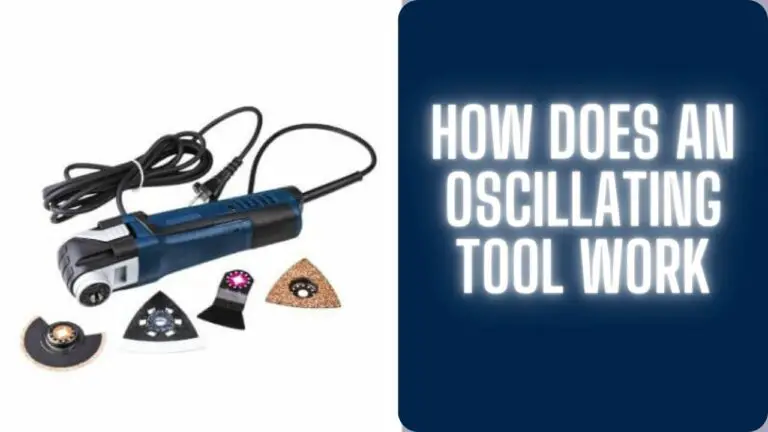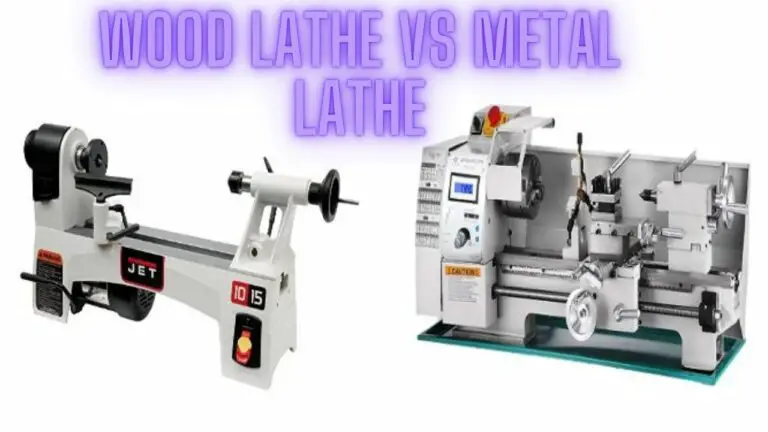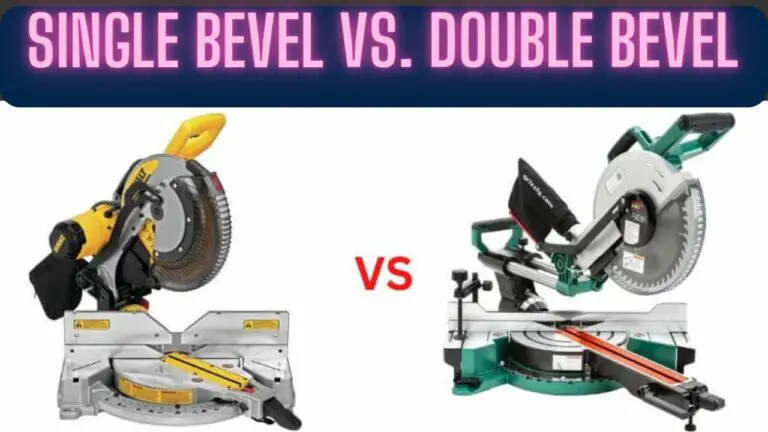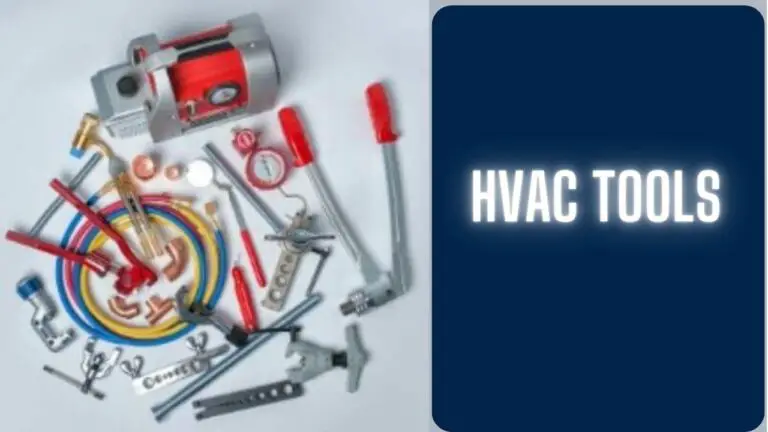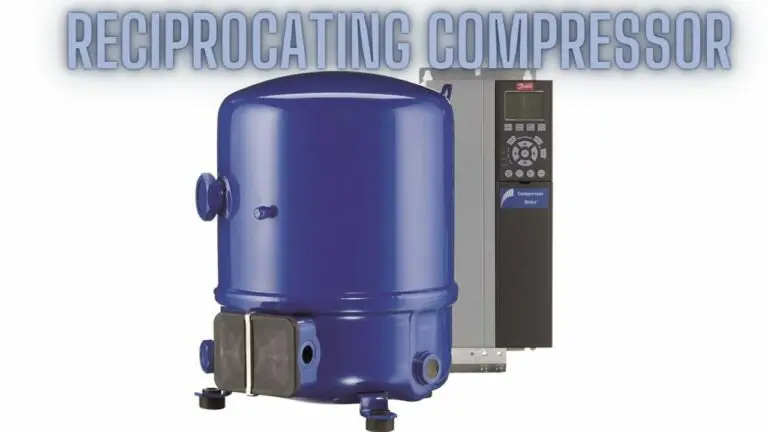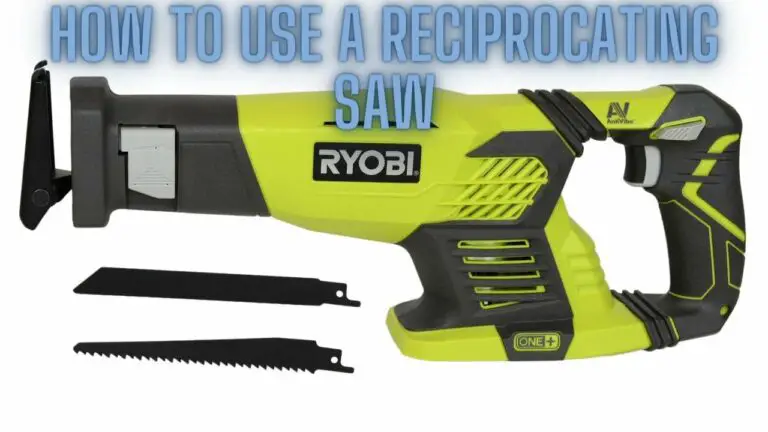Drill Press: Essential Uses in Woodworking Projects
Introduction
A drill press is a fundamental tool that forms the backbone of precision drilling in woodworking and metalworking. Known for its ability to deliver accurate and consistent holes, a drill press has earned its place as an essential fixture in workshops and manufacturing facilities worldwide. In this comprehensive article, we’ll delve into the key features, functions, types, and advantages of the drill press, shedding light on its vital role in crafting intricate and reliable woodwork.
The Anatomy of a Drill Press:
- Base: The foundation of the drill press, providing stability and support.
- Column: A vertical post that connects the base to the head, maintaining the drill’s alignment.
- Head: The upper assembly that houses the motor, spindle, and other critical components.
- Motor: Powers the spindle and provides the rotational force for drilling.
- Spindle: The rotating shaft that holds the drill bit and delivers the cutting action.
- Chuck: The mechanism that holds the drill bit securely in place.
- Table: A flat surface where the workpiece rests during drilling. It’s adjustable in height and can be tilted for angled drilling.
- Depth Stop: A feature that limits the depth of the hole, ensuring consistent hole depths across multiple workpieces.
- Speed Control: Allows you to adjust the rotational speed of the spindle, crucial for different types of materials and drill bits.
Functions of a Drill Press:
- Precision Drilling: The drill press is unparalleled in delivering accurate and consistent holes, making it perfect for doweling, joinery, and creating clean holes for hardware installation.
- Repeatability: With adjustable tables, depth stops, and guides, a drill press enables you to replicate precise hole placements across multiple pieces.
- Angled Drilling: Many drill presses offer adjustable tables that can be tilted to achieve accurate angled drilling, crucial for various woodworking applications.
- Counterboring and Countersinking: Creating recesses for screw heads or hardware installation is made easy and precise with a drill press.
- Boring Large Holes: With the right bit, a drill press can bore large holes efficiently and accurately.
- Mortising: Some drill presses can be equipped with mortising attachments, transforming them into machines capable of creating square or rectangular mortises.
- Sanding and Polishing: With attachments, a drill press can be used for sanding, buffing, and polishing curved surfaces.
Types of Drill Presses:
When considering types of drill presses, several variations cater to different needs and applications. Here are some common types:
- Benchtop Drill Press:
- Compact and versatile, ideal for small workshops or DIY enthusiasts.
- Mounted directly onto a workbench or table.
- Suitable for light to medium-duty drilling tasks.
- Floor Standing Drill Press:
- Larger and more powerful than benchtop models.
- Mounted on a standalone floor stand for stability.
- Offers higher horsepower and larger drilling capacities.
- Suitable for heavy-duty drilling tasks and industrial applications.
- Magnetic Drill Press:
- Designed for drilling into metal surfaces in construction or metalworking industries.
- Features a magnetic base that adheres to ferrous materials, allowing vertical or horizontal drilling.
- Often used in fabrication, metalworking, and structural steel industries.
- Radial Arm Drill Press:
- Features an adjustable radial arm that can be extended or retracted.
- Offers versatility in positioning the drill bit, allowing drilling at various angles and positions.
- Suitable for large workpieces or when precise hole placement is required.
- Mini Drill Press:
- Smaller and more portable than benchtop models.
- Ideal for hobbyists, model makers, or for use in tight spaces.
- Offers limited drilling capacity and power but sufficient for small-scale projects.
- Pillar Drill Press:
- Commonly found in industrial settings or workshops.
- Features a sturdy pillar or column that provides support and stability.
- Offers high precision and accuracy for repetitive drilling tasks.
- Drill Press with Laser Guide:
- Equipped with a laser guide system that projects a beam onto the workpiece, indicating the drilling point.
- Enhances accuracy and reduces setup time by providing a visual reference for hole placement.
- Suitable for woodworking, metalworking, and other precision drilling tasks.
- Multi-Function Drill Press:
- Combines the functionality of a drill press with additional features such as milling, sanding, or mortising capabilities.
- Offers versatility for a wide range of woodworking or metalworking applications.
- Typically more expensive than standard drill presses but provides added functionality.
Each type of drill press offers unique features and capabilities to suit different user requirements and applications. When selecting a drill press, consider factors such as the size of your workpieces, the materials you’ll be drilling into, and the level of precision and power needed for your projects.
Advantages of a Drill Press:
The drill press, also known as a pillar drill or bench drill, offers several advantages over handheld drills or other drilling tools. Here are some of the key advantages:
- Precision and Accuracy: One of the primary advantages of a drill press is its ability to drill holes with high precision and accuracy. The drill press allows for consistent drilling depth, angle, and location, making it ideal for repetitive drilling tasks and precise workpieces.
- Controlled Drilling Speed: Drill presses typically offer multiple speed settings, allowing users to adjust the speed of the drill bit rotation to match the material being drilled and the size of the drill bit. This controlled speed helps prevent overheating, burning, or damaging the material being drilled, especially when working with metals or delicate materials.
- Stability and Rigidity: A drill press is mounted securely to a stand or workbench, providing a stable and rigid platform for drilling operations. This stability minimizes vibration and movement during drilling, resulting in cleaner and more accurate holes.
- Versatility: Drill presses are versatile tools that can accommodate a wide range of drill bits and accessories, including twist drills, hole saws, spade bits, and countersinks. They can also be used for various drilling operations such as drilling, reaming, tapping, and counterboring.
- Safety: Drill presses typically come with built-in safety features such as safety guards, emergency stop switches, and adjustable depth stops to help prevent accidents and injuries. Additionally, the stationary nature of the drill press reduces the risk of hand or finger injuries compared to handheld drills.
- Efficiency and Productivity: Using a drill press can increase efficiency and productivity in the workshop by allowing users to drill multiple holes quickly and accurately. The ability to set precise drilling depths and angles also reduces the need for manual measuring and marking, saving time and effort.
- Suitability for Various Materials: Whether drilling wood, metal, plastic, or other materials, a drill press can handle a wide range of materials with ease. By adjusting the drill bit speed and using the appropriate cutting tools, users can achieve clean and precise holes in different types of materials.
Overall, the drill press offers a combination of precision, control, stability, and safety that makes it an indispensable tool for woodworkers, metalworkers, machinists, DIY enthusiasts, and professionals alike.
Drill Press Uses
A drill press is a fundamental tool in woodworking that brings accuracy, consistency, and versatility to a wide range of projects. From creating clean holes to performing intricate tasks, a drill press is a valuable addition to any woodworking workshop. In this article, we’ll delve into the various uses of a drill press in woodworking projects and how it enhances the precision and quality of your craftsmanship.
Drilling Holes:
The primary function of a drill press is, of course, drilling holes. With its fixed position and controlled movement, a drill press ensures that holes are straight and accurate. This is crucial for tasks like dowel joinery, creating pilot holes for screws, and drilling holes for hardware installation.
Counterboring and Countersinking:
A drill press is excellent for creating counterbores and countersinks, which are essential for hiding screw heads or creating recessed areas for hardware. These features ensure a flush finish and prevent screws from protruding.
Boring Large Holes:
When you need to bore larger holes, a drill press equipped with a Forstner bit or a hole saw is the tool of choice. This is useful for creating holes for dowels, wire routing, or large hardware installation.
Drilling Angled Holes:
Drill presses with adjustable tables can be used to drill angled holes accurately. This is important for tasks such as creating angled dowel joints or installing hardware at specific angles.
Mortising:
Some drill presses can be outfitted with a mortising attachment, allowing you to create square or rectangular mortises for joinery and furniture-making. This is a more efficient and precise method compared to handheld mortising tools.
Drum Sanding:
With a sanding drum attachment, a drill press can be transformed into a sanding station for smoothing and shaping curved surfaces. This is especially useful for projects like turning projects or curved edges.
Creating Inlays:
A drill press can be employed to create inlays by drilling holes for inlay pieces or using a router attachment to follow a pattern and create recesses for inlays.
Precision Repeatability:
One of the most significant advantages of a drill press is its ability to provide consistent and repeatable results. This is especially crucial when you need to drill multiple holes at the same depth and angle, ensuring uniformity in your woodworking projects.
Jigs and Fixtures:
A drill press is an ideal tool for creating jigs and fixtures that can enhance the accuracy and efficiency of various tasks. Whether you’re building a custom drilling guide or a template for repeated hole placement, a drill press helps you achieve precise results.
Fine Detailing:
When working on intricate projects like inlays, marquetry, or delicate carvings, a drill press with a fine bit can help you achieve accurate results without the risk of wobbling or wandering.
Safety Precautions
Safety is paramount when using a drill press to avoid accidents and injuries. Here are some essential safety precautions to follow:
- Read the Manual: Familiarize yourself with the drill press’s operation and safety guidelines by thoroughly reading the manufacturer’s manual before use.
- Wear Personal Protective Equipment (PPE):
- Safety glasses or goggles to protect your eyes from flying debris.
- Hearing protection such as earplugs or earmuffs to reduce noise exposure.
- Avoid loose clothing, jewelry, and long hair that could get caught in the drill press.
- Secure Workpiece Properly:
- Clamp or secure the workpiece firmly to the drill press table using appropriate clamps or vises to prevent movement during drilling.
- Use a sacrificial backer board when drilling through materials to prevent tear-out.
- Adjust Table Height and Angle:
- Adjust the drill press table to the appropriate height and angle for the drilling operation to ensure comfort and control.
- Ensure the table is securely locked in place before drilling begins.
- Select the Correct Drill Bit and Speed:
- Choose the appropriate drill bit type, size, and speed for the material being drilled. Refer to the drill press manual or drill bit manufacturer’s recommendations.
- Lower the drill bit to the workpiece and rotate it by hand to check for clearance before turning on the drill press.
- Use the Safety Features:
- Always use the safety features provided with the drill press, such as safety guards, depth stops, and emergency stop switches.
- Keep the chuck key removed from the chuck when not in use to prevent accidental start-up.
- Start the Drill Press Safely:
- Ensure the drill press is turned off and the power cord is unplugged or disconnected from the power source before making any adjustments or changing drill bits.
- Stand to the side of the drill press, not directly in line with the spindle, when turning it on to avoid injury from a possible chuck or workpiece ejection.
- Keep Hands and Fingers Clear:
- Keep hands and fingers away from the drill bit and moving parts of the drill press during operation.
- Use a push stick or block to hold small workpieces and guide them through the drilling process.
- Monitor Drilling Operation:
- Pay close attention to the drilling operation at all times and avoid distractions.
- If the drill press shows signs of overheating, unusual noise, or vibration, stop the operation immediately and investigate the cause.
- Clean Up:
- Clean the drill press and work area after use to remove debris and prevent slips, trips, and falls.
By following these safety precautions, you can minimize the risk of accidents and injuries while operating a drill press and ensure a safe and productive work environment.
Maintenance and Troubleshooting
Here’s a breakdown of maintenance and troubleshooting for a drill press:
Maintenance:
- Regular Cleaning:
- Keep the drill press clean from debris, dust, and metal shavings after each use.
- Use compressed air or a brush to remove dust and debris from the drill press components.
- Wipe down surfaces with a clean cloth and mild detergent to prevent buildup.
- Lubrication:
- Lubricate moving parts such as the spindle, gears, and bearings regularly to ensure smooth operation.
- Use appropriate lubricants recommended by the manufacturer.
- Check Belt Tension:
- Inspect the drive belt tension regularly and adjust if necessary to maintain proper tension for efficient power transmission.
- Inspect Chuck and Arbor:
- Periodically check the chuck and arbor for signs of wear, damage, or rust.
- Clean and lubricate the chuck jaws and arbor threads to ensure smooth operation and secure grip on drill bits.
- Table and Fence Alignment:
- Check the alignment of the drill press table and fence to ensure they are perpendicular to the drill bit.
- Adjust the table and fence as needed to maintain accurate drilling angles.
- Electrical Safety:
- Inspect the power cord, plug, and switch for any damage or wear.
- Ensure the electrical connections are secure and free from corrosion.
- Inspect Safety Features:
- Check the functionality of safety features such as the emergency stop switch, spindle guard, and depth stop.
- Repair or replace any damaged or malfunctioning safety components.
Troubleshooting:
- Poor Drilling Performance:
- If the drill press is not drilling efficiently or producing clean holes, check the condition of the drill bit.
- Replace dull or damaged drill bits with sharp, properly sized ones.
- Ensure the drill press is set to the correct speed for the material being drilled.
- Excessive Vibration or Noise:
- Inspect the drill press for loose or damaged components, such as belts, pulleys, or bearings.
- Tighten loose fasteners and replace worn or damaged parts as necessary.
- Drill Bit Slippage:
- If the drill bit slips in the chuck during drilling, check the chuck jaws for proper grip.
- Clean and lubricate the chuck jaws and ensure they are tightened securely around the drill bit.
- Spindle Runout:
- If there is excessive spindle runout (wobbling) affecting drilling accuracy, check the condition of the spindle bearings.
- Replace worn or damaged spindle bearings to reduce runout and improve drilling precision.
- Electrical Issues:
- If the drill press fails to start or experiences electrical problems, check the power source, cord, plug, and switch for any issues.
- Test the electrical connections and components using a multimeter and repair or replace any faulty parts.
Regular maintenance and prompt troubleshooting can help identify and address issues before they escalate, ensuring safe and efficient operation of the drill press. Refer to the manufacturer’s manual for specific maintenance instructions and troubleshooting tips tailored to your drill press model.
Drill Press FAQS
What is a drill press used for?
A drill press is primarily used for drilling accurate and consistent holes in various materials, such as wood, metal, plastic, and more. It’s especially useful for tasks that require precision, uniformity, and repeatability in hole placement.
How does a drill press work?
A drill press works by securing the workpiece on the table, aligning the drill bit with the desired location, and lowering the spinning drill bit onto the material to create a hole. The fixed position of the drill press ensures stability and accuracy during drilling.
What’s the difference between a drill press and a handheld drill?
The main difference is that a drill press is a stationary tool with a fixed position, while a handheld drill is portable and requires manual control. A drill press offers greater accuracy and precision due to its fixed nature and adjustable features.
Can I use a drill press for metalworking?
Yes, many drill presses are versatile enough to handle metalworking tasks. However, it’s essential to use the appropriate cutting tools and techniques for metal to ensure clean and accurate holes.
What are the types of drill press chucks?
The most common types of drill press chucks are keyless chucks and keyed chucks. Keyless chucks are tightened manually, while keyed chucks require a key to tighten or loosen the chuck.
Can I drill at an angle with a drill press?
Yes, many drill presses feature an adjustable table that can be tilted to drill holes at different angles. This is particularly useful for tasks that require angled drilling, such as making joints or creating decorative features.
What is the maximum depth a drill press can drill?
The maximum drilling depth varies depending on the specific model of drill press. However, most drill presses can handle depths ranging from a few inches to over a foot, depending on the design and motor power.
Can I use a drill press for sanding or polishing?
Yes, some drill presses can be equipped with sanding and polishing attachments to transform them into sanding or buffing stations. This is particularly useful for shaping and smoothing curved surfaces.
How do I maintain a drill press?
Regular maintenance includes keeping the table and work area clean, ensuring the chuck is properly lubricated, checking for any loose or worn parts, and calibrating the depth stop and angle adjustments.
Can I use a drill press as a milling machine?
While a drill press and a milling machine have similarities, they serve different purposes. A drill press is primarily designed for drilling holes, while a milling machine is designed for cutting and shaping materials using rotating cutting tools.
Can I use a drill press with woodworking router bits?
Some drill presses can be equipped with attachments that allow you to use woodworking router bits. However, a dedicated router is typically a better choice for routing tasks due to its higher power and speed adjustments.
Conclusion
In conclusion, a drill press is a versatile and indispensable tool in woodworking projects. Its accuracy, repeatability, and ability to perform a wide range of tasks make it an essential asset in any woodworking workshop. From basic drilling to complex joinery, a drill press elevates the quality and precision of your craftsmanship, allowing you to create stunning and well-crafted pieces with ease.

